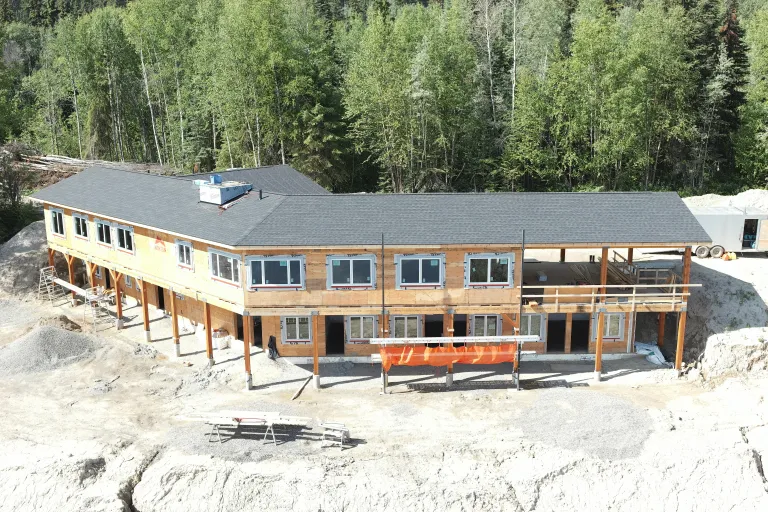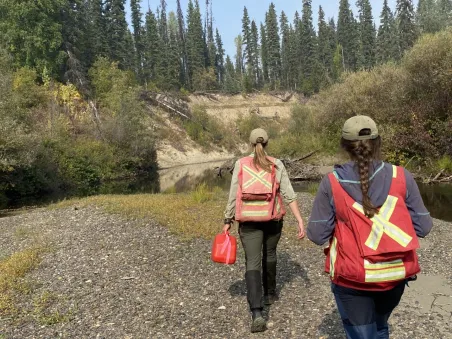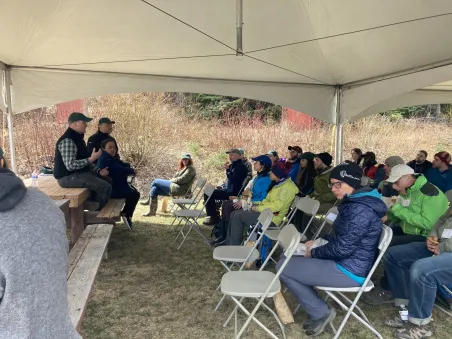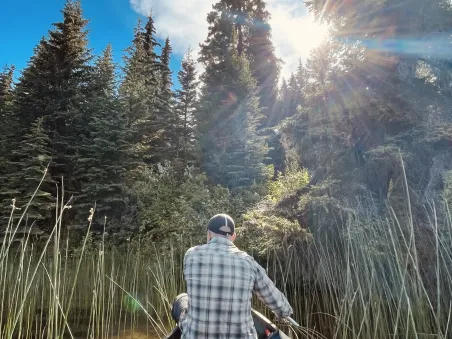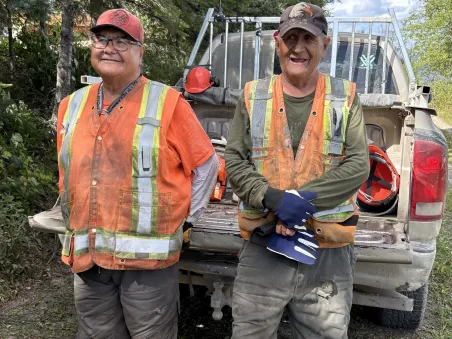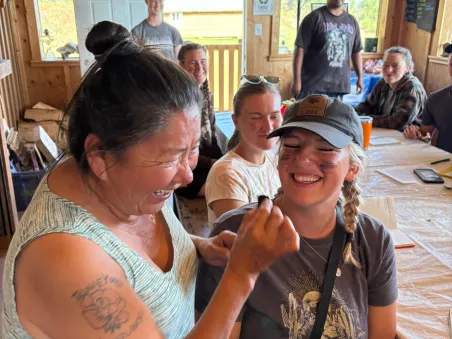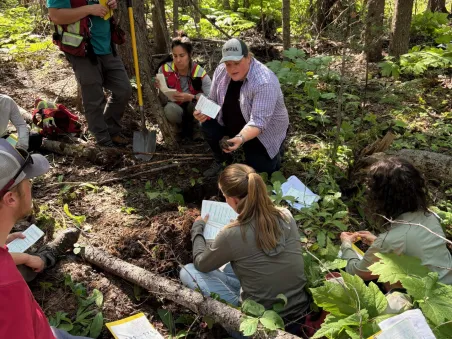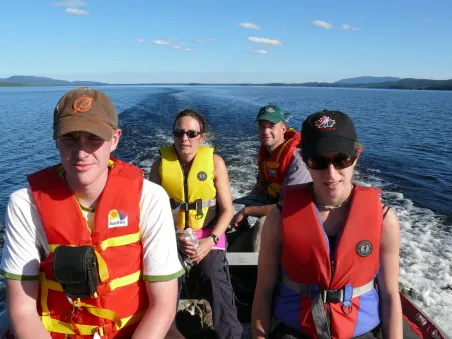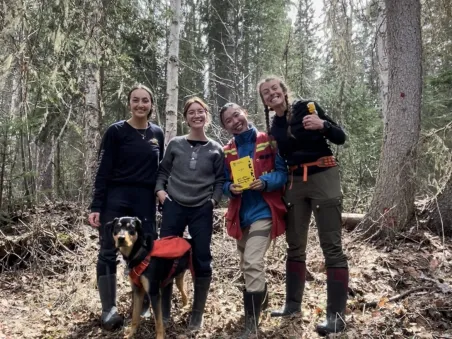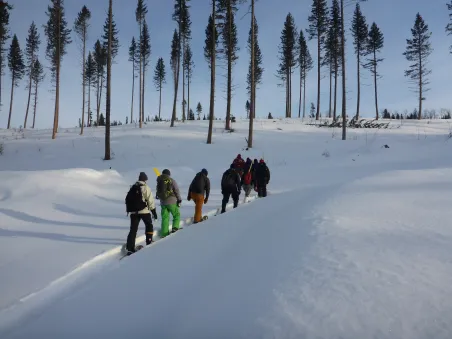Respect for the land. Respect for the people.
The John Prince Research Forest (JPRF) is a unique institution, envisioned, initiated, and managed cooperatively between Tl’azt’en Nation, Binche Whut’en, and the University of Northern British Columbia.
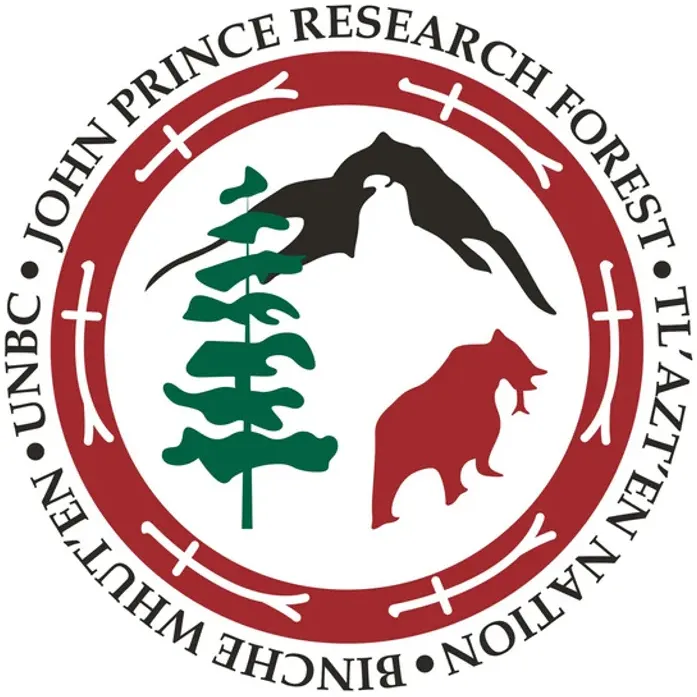
Developing innovative approaches to natural resource conservation and management that combines First Nations’ traditional and western scientific approaches to understanding the natural world, is what makes John Prince Research Forest special.
The partners work together collaboratively to identify research and management priorities that address concerns for the territories. We use new information from this process to incorporate multiple values into our forest management approaches.
A working forest
The John Prince Research Forest (JPRF) is a working forest, with its’ programs being largely supported through log sales off the research forest.
Forestry operations including harvesting and silviculture are on-going and provide the setting for many of our research trials and demonstrations. Forest operations are managed by a self-supporting recognized charity, Chuzghun Resources Corporation, for the benefit of Tl’azt’en Nation and UNBC.
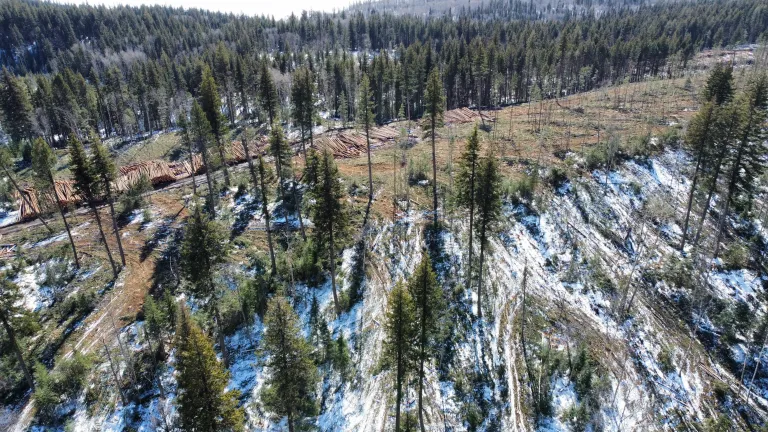
Our research projects
Many of our research projects feed into one another; information learned from one project may improve another.
Ultimately, all the data collected at JPRF feeds into our forest management practices, and informs how we harvest on our land base.
The staff at the JPRF work to maintain internal research programs that students may work on. Additionally, JPRF will host students and researchers as a study site for external projects.
For a full list of our publications, visit the JPRF website.
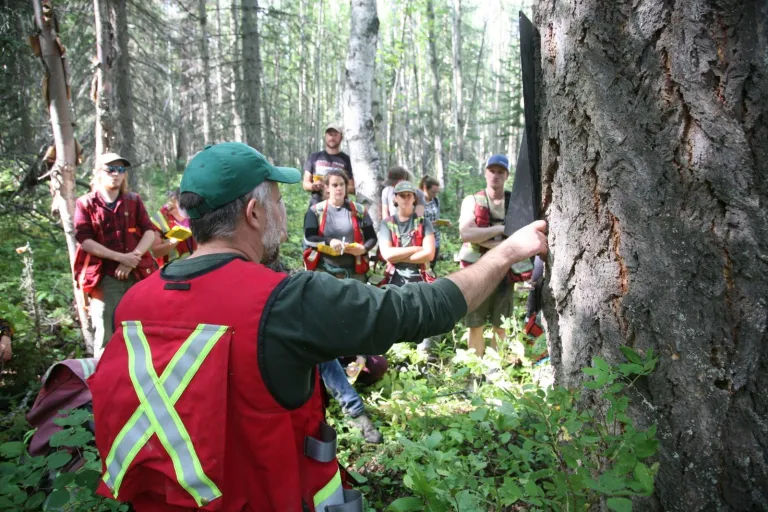
Opportunities for students
We work with graduate, undergraduate, high school, and elementary school students to share our research and findings.
JPRF staff have been involved in education at UNBC for several years, teaching courses, labs, field schools, and sitting on academic committees for graduate students.
JPRF and Tl'azt'en Nation founded a registered non-profit charity in 2002 called Chuntoh Education Society (CES). CES’ mission is to develop place-based science content that incorporates both the bridging and complementary aspects of western science, traditional ecological knowledge, and cultural subsistence practices.
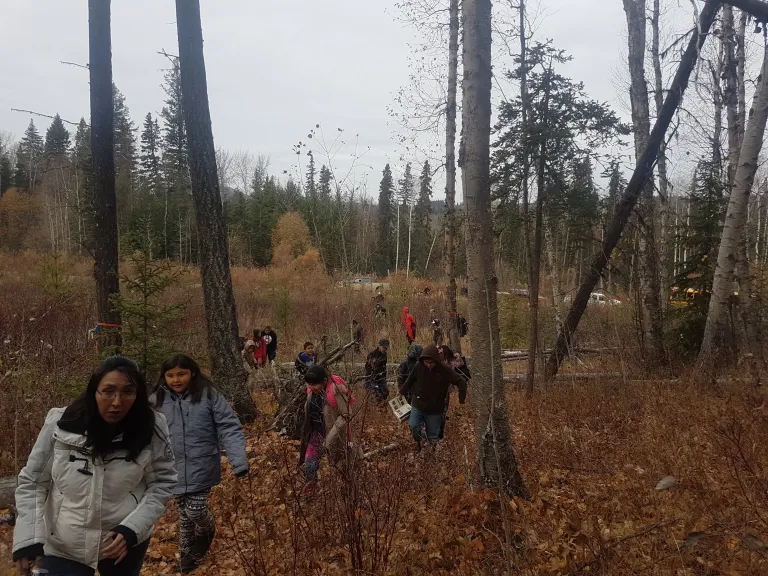
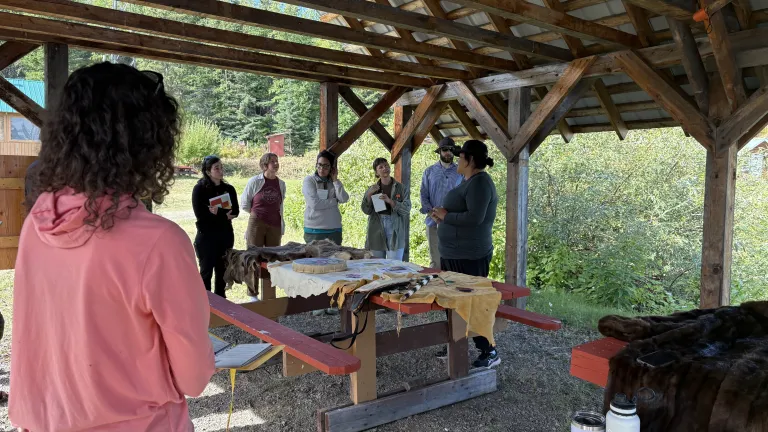
JPRF Research and Education Centre
The development of our new building is currently underway!
This new off-grid facility will provide accommodations, bathrooms, and a state-of-the-art kitchen to students and researchers visiting the research station. There is a large space to host gatherings, presentations, and classes, as well as a covered deck to enjoy the view of Tezzeron Lake. Learn more about the building!
We have currently raised ~60% of the funds required to complete the facility. We are seeking donations to help us reach our goal and allow students to use this brand-new facility! If you are interested in donating, we are accepting donations in person or online through UNBC.
